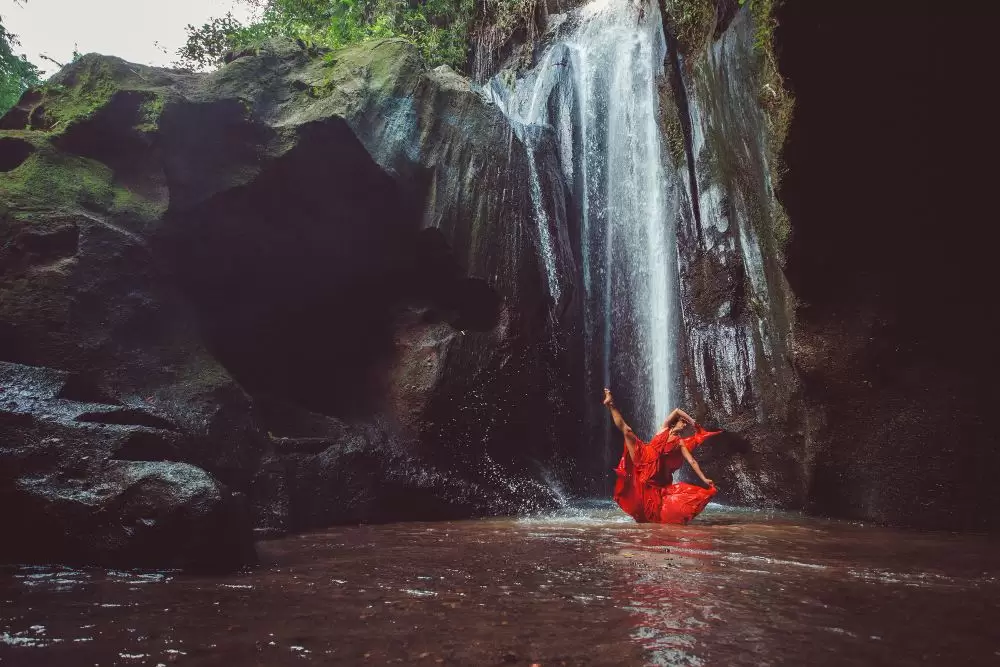
Located in the Jaintia Hills of Meghalaya, Nartiang Monoliths is a remarkable historical and cultural site, featuring a vast collection of ancient stone monoliths that date back centuries. Often referred to as the largest monolith site in Northeast India, Nartiang provides a unique glimpse into the rich heritage of the Jaintia Kingdom and is a must-visit for history enthusiasts, photographers, and cultural explorers.
Nartiang is not just a cluster of stones; it is a living testament to the traditions, beliefs, and craftsmanship of the Jaintia people, making it an essential offbeat destination in the state of Meghalaya.
Visiting Nartiang Monoliths offers more than just sightseeing; it’s an immersive cultural and historical experience:
Largest Monolith Site: The site contains over 200 stone monoliths, some towering several meters high, aligned in rows along sacred grounds.
Cultural Significance: These monoliths were erected by Jaintia kings and warriors to commemorate victories, honour ancestors, and mark sacred spaces.
Architectural Marvel: Each stone is intricately carved, showcasing traditional Jaintia craftsmanship and ancient artistry.
Photography & Exploration: The monoliths, set against lush greenery and open fields, provide stunning visuals for photography.
Offbeat Destination: Less crowded than mainstream Meghalaya attractions, perfect for peaceful exploration and historical study.
Visiting Nartiang Monoliths is a blend of history, culture, and nature, offering travellers a deep connection to Meghalaya’s heritage.
The best time to visit Nartiang Monoliths depends on the weather and comfort:
Spring (March–May): Pleasant temperatures and clear skies make it ideal for walking around the site.
Monsoon (June–September): The surrounding greenery is lush and vibrant, although pathways may be slippery.
Autumn (October–November): Moderate weather and calm surroundings, perfect for exploration and photography.
Winter (December–February): Cool and misty mornings add a mystical charm to the monoliths.
For a comfortable visit, the months of October to May are recommended.
Walk among rows of towering stones, each with its own history and significance.
Learn about the rituals and ceremonies associated with these monoliths, including annual festivals.
Capture the ancient craftsmanship, natural backdrop, and mystical aura of the monoliths.
The best photography time is early morning or late afternoon for soft, natural light.
Engage with local communities to understand the legends, folklore, and traditions tied to the monoliths.
Experience the local Khasi and Jaintia hospitality, cuisine, and traditions.
Khliehriat Town: Explore local markets and eateries in Jaintia Hills.
Nartiang Church & Temples: Visit heritage structures nearby for cultural context.
Ramang-Umroh & Jowai Hills: Scenic hills and viewpoints in the region.
Krang Shuri Waterfalls: Nearby waterfalls for nature exploration.
Nartiang Monoliths are accessible from major towns in Meghalaya:
Around 55 km from Shillong and 20 km from Jowai town.
Taxis, self-drive vehicles, and buses are available.
The route passes through lush green hills, rivers, and local villages.
Nearest airport: Shillong Airport (Umroi Airport), approximately 75 km away.
From the airport, taxis or rental cars can reach Nartiang Monoliths via Shillong and Jowai.
Nearest major railway station: Guwahati, about 150 km from Shillong.
From Guwahati, take taxis or buses to Shillong, then onward to Jowai and Nartiang.
Jowai Guesthouses & Hotels: Comfortable options close to the site.
Shillong Hotels & Homestays: Ideal for combining city amenities with heritage exploration.
Eco-Resorts in Jaintia Hills: Surrounded by greenery for a peaceful stay.
Spending a night in Jowai or Shillong allows visitors to explore Nartiang Monoliths early in the day, avoiding crowds and capturing the best views.
Jowai Town: Explore local markets, cultural sites, and eateries.
Krang Shuri & Thadlaskein Falls: Scenic waterfalls for nature enthusiasts.
Nartiang Church & Temples: Heritage sites providing cultural context.
Ramang-Umroh Hills: Scenic viewpoints for panoramic landscapes.
Living Root Bridges (Nongriat & Tyrna): Iconic natural attractions in nearby Cherrapunjee.
Nartiang Monoliths can be combined with a 2–3 day cultural and nature itinerary in Jaintia Hills.
Wear comfortable walking shoes as the terrain can be uneven.
Carry water, sunscreen, and light snacks.
Respect local traditions, avoid touching or climbing the monoliths unnecessarily.
Hire a local guide for historical insights and cultural storytelling.
Photography is allowed, but maintain a respectful distance from sacred stones.